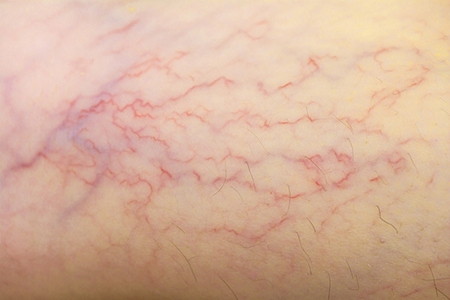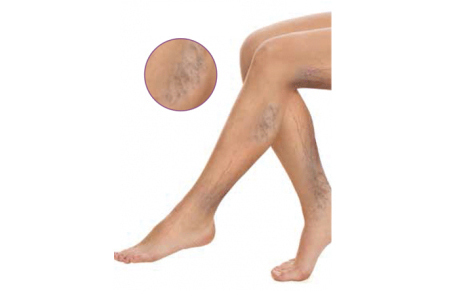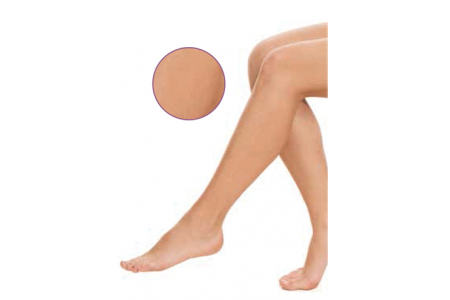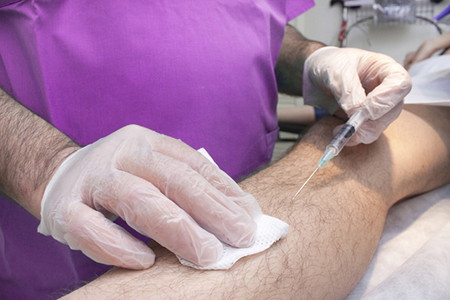Sclerotherapy
Other specialties
Sclerotherapy is a treatment performed by the angiologist to eliminate or diminish veins, so it is
widely used to treat small vessels in the skin or varicose veins. This treatment is generally performed by injecting a substance directly into the varicose vein to eliminate it. After treatment with sclerotherapy, the treated vein tends to disappear after a few weeks, so it may be necessary up to a month to observe the final result.
The treatment of varicose veins is carried out with a certain mixture of gases that generate a foam with very particular physical-chemical characteristics. Currently it is applicable to any type of varicose veins, of any size and in any location. It is also applicable to haemorrhoids, spider veins and vascular malformations that until now were practically inoperable.
There are 3 main types of sclerotherapy, which vary according to the way in which the destruction of varicose veins is performed:
Glucose sclerotherapy: also known as injection sclerotherapy, it is used especially to treat small vessels and varicose veins. It is performed with the injection of a hypertonic glucose solution at 50
or 75% directly into the vein, which causes irritation and inflammation of the vessel, resulting in scars that make it disappear. This technique should not be used with diabetics.
Laser Sclerotherapy: is the most commonly used technique to remove small vessels from the face, trunk and legs. In this treatment, the doctor uses a small laser to increase the temperature of the vessel and cause its destruction.
Foam sclerotherapy: this type of treatment is the most used in thick varicose veins. To do this, the doctor injects a small amount of carbon dioxide foam that irritates the varicose vein, causing scars to develop and become more hidden in the skin.
